
An international team of scientists has sequenced the whole genome from an adult male Egyptian who lived between over 4,500 years ago - a few centuries after Egyptian unification, bridging the Early Dynastic and Old Kingdom periods.
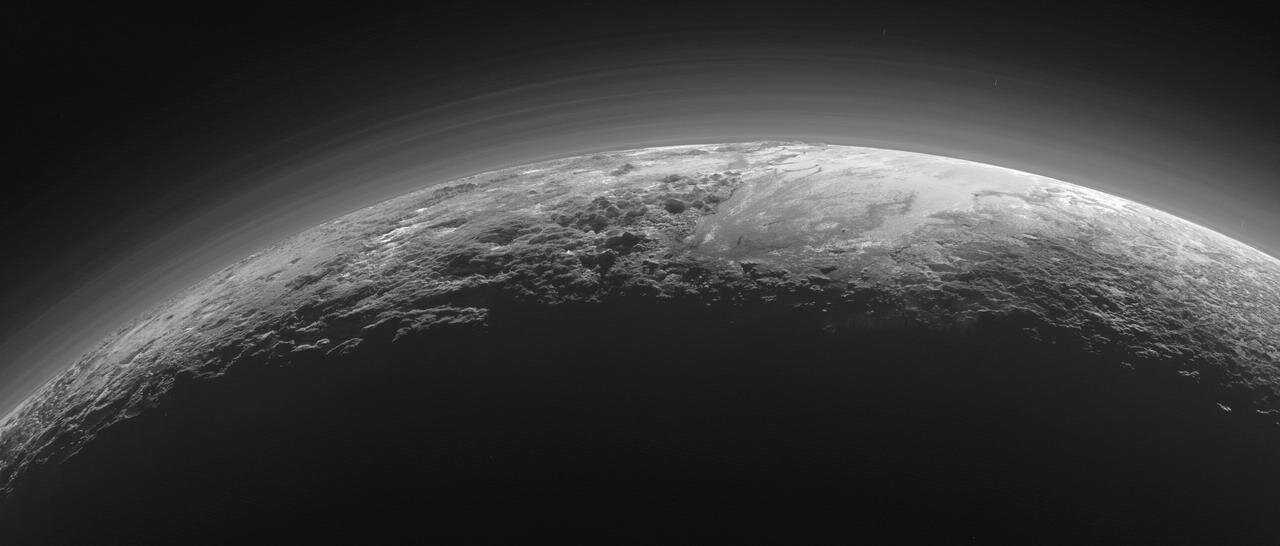
As NASA's New Horizons spacecraft traveled through the Kuiper Belt at a distance of more than 5.5 billion ml from Earth, an international team of astronomers conducted the first-ever successful demonstration of deep space stellar navigation.
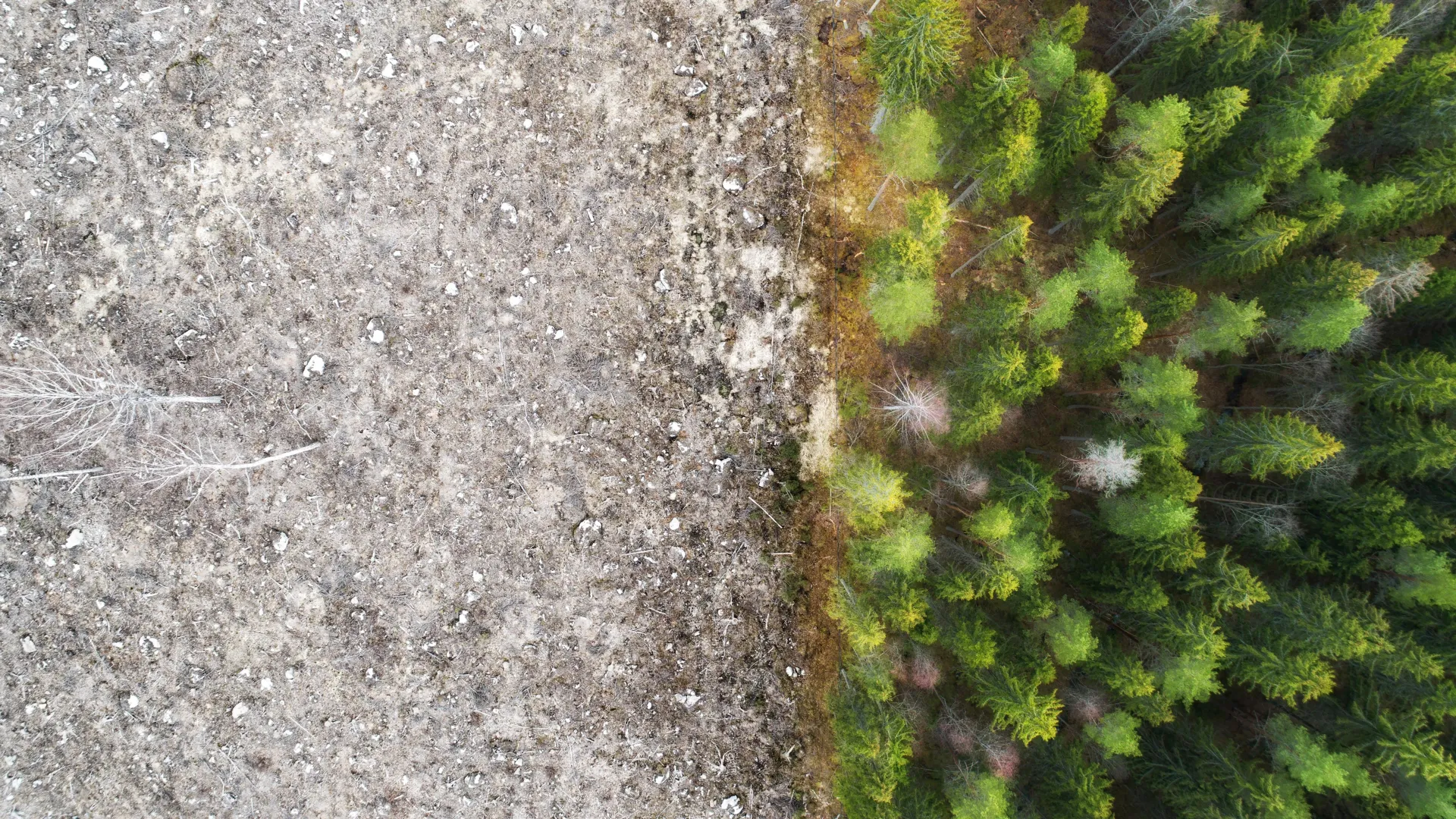
While temperatures soar within decades, tree populations take 100 to 200 years to shift in response. A sweeping new analysis of ancient pollen and modern data reveals this dramatic lag - and its consequences.

A cutting-edge gene therapy has significantly restored hearing in children and adults with congenital deafness, showing dramatic results just one month after a single injection.

Scientists are on the trail of a mysterious five-particle structure that could challenge one of the biggest theories in physics: string theory.
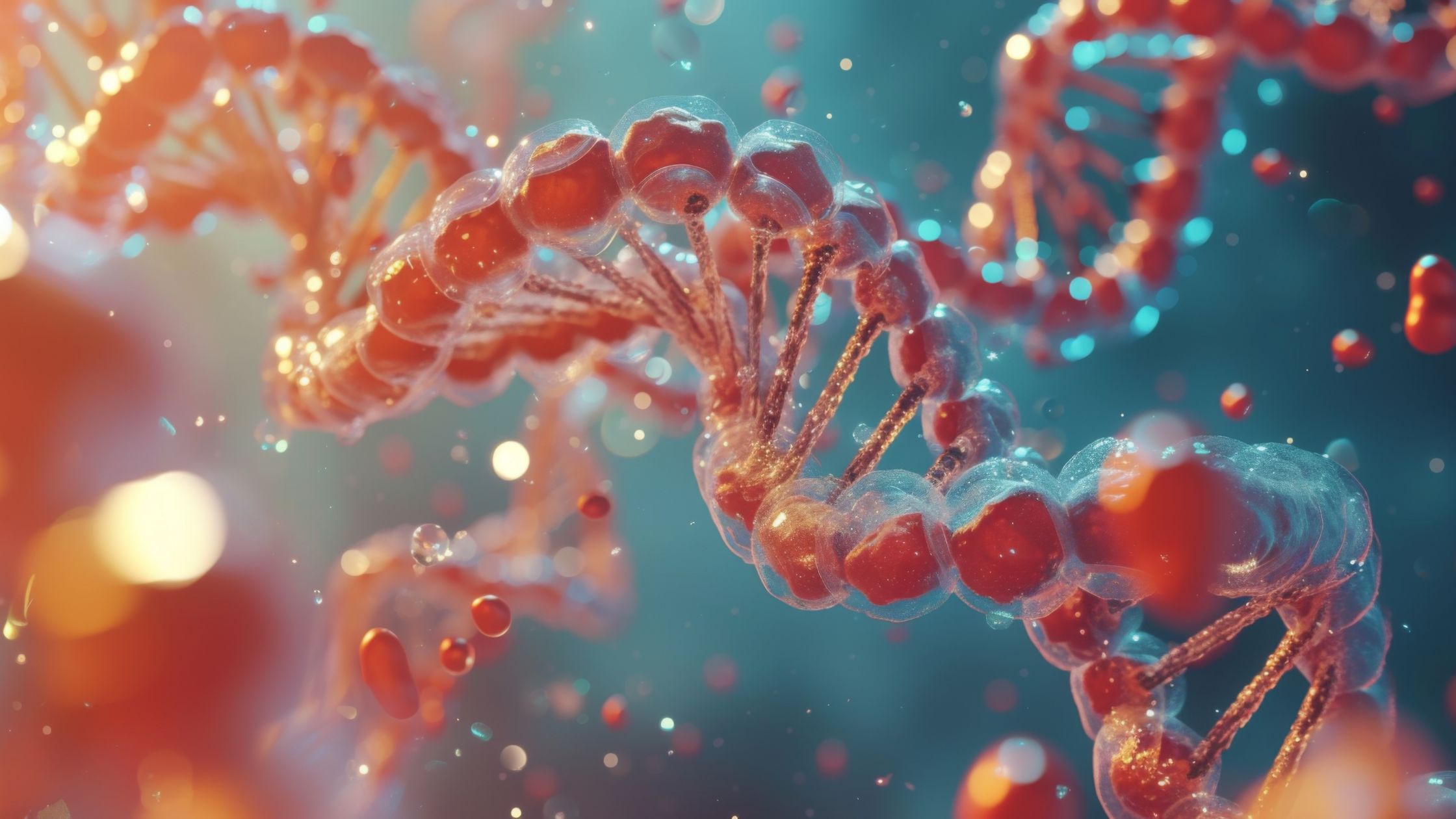
A team of researchers in the UK has started an ambitious new scientific project: to create an artificial human genome entirely from scratch.
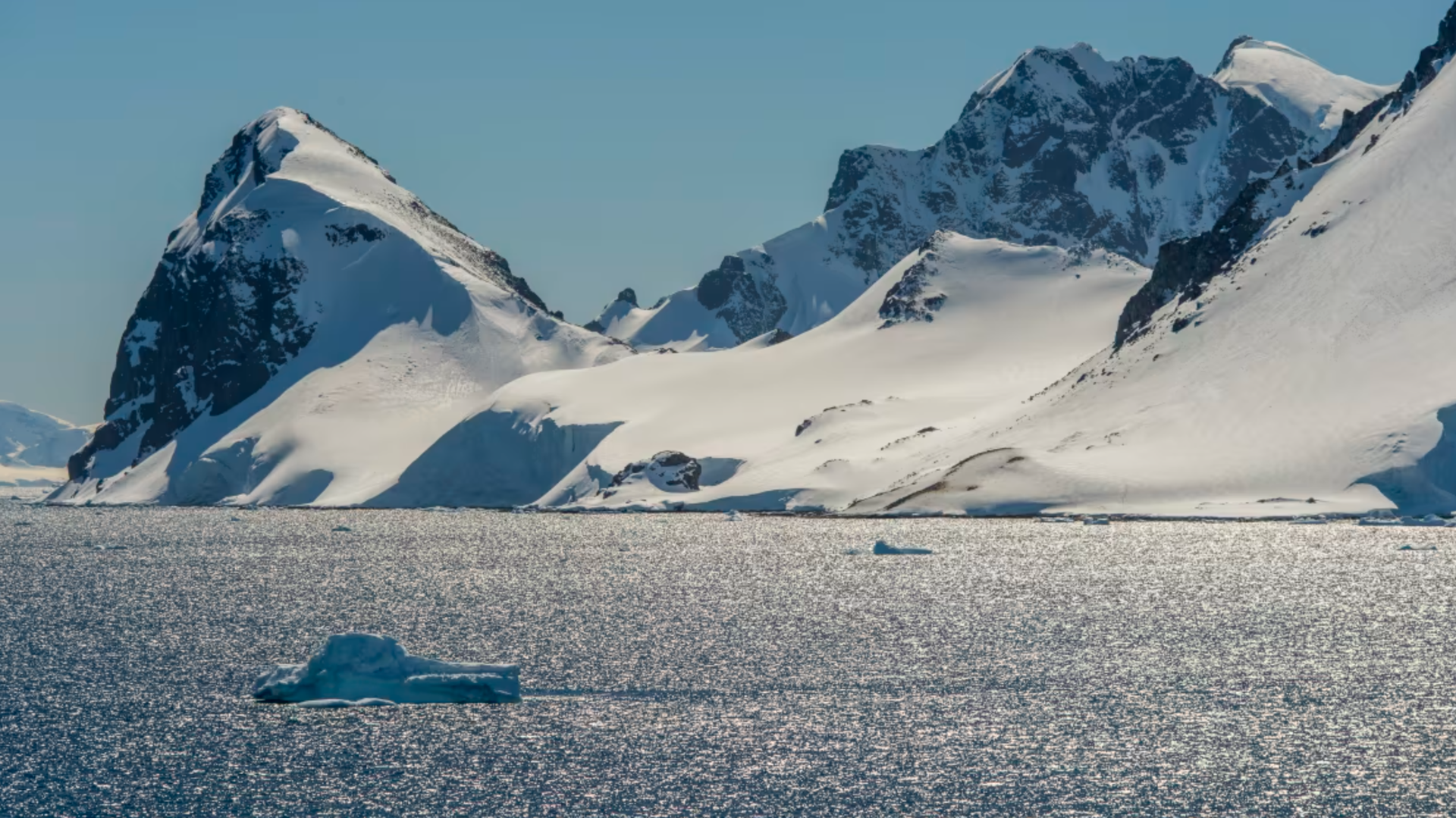
In recent years, the Southern Ocean has undergone rapid rise in surface salinity across the waters surrounding Antarctica, paired with a steep and ongoing decline in sea ice.

The world's first commercial hybrid of silicon circuitry and human brain cells will soon be available for rent.
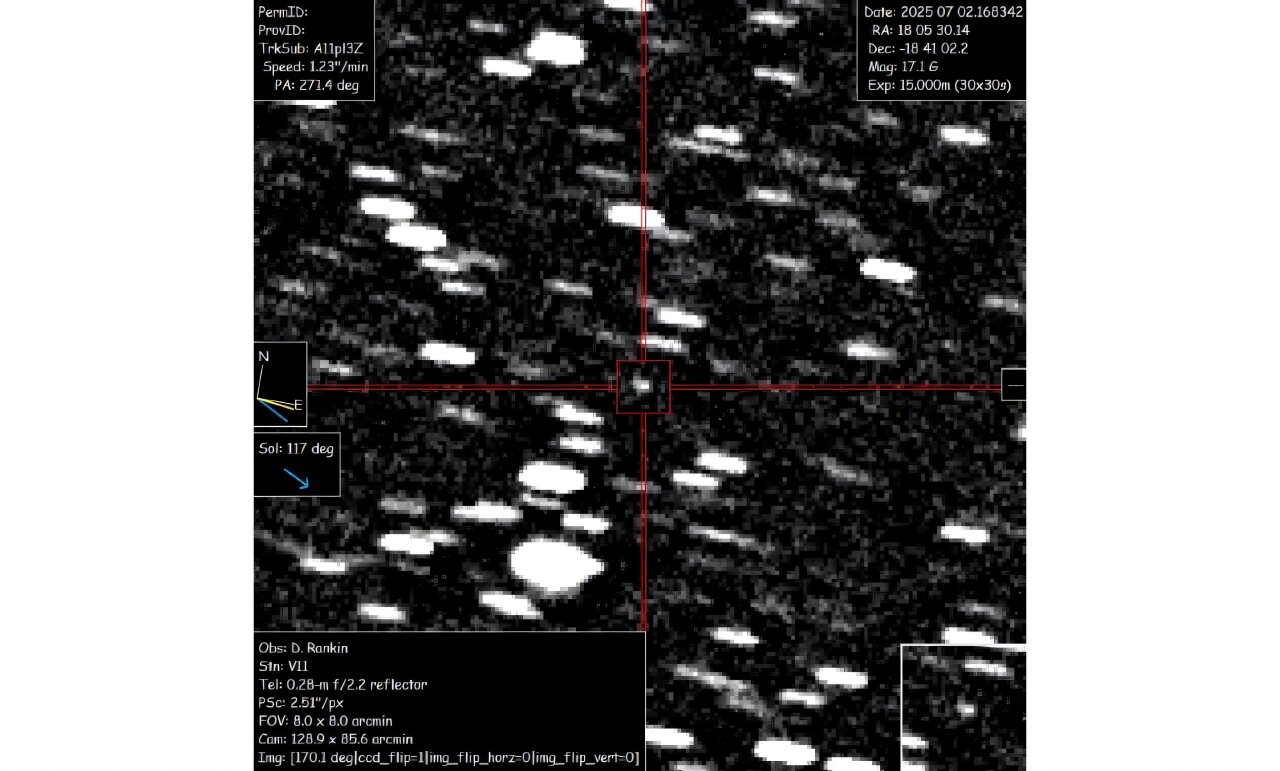
Astronomers on Wednesday confirmed the discovery of an interstellar object racing through our solar system - only the third ever spotted, though scientists suspect many more may slip past unnoticed.

Time, not space plus time, might be the single fundamental property in which all physical phenomena occur, according to a new theory by a University of Alaska Fairbanks scientist.

The world's most advanced AI models are exhibiting troubling new behaviors – lying, scheming, and even threatening their creators to achieve their goals.
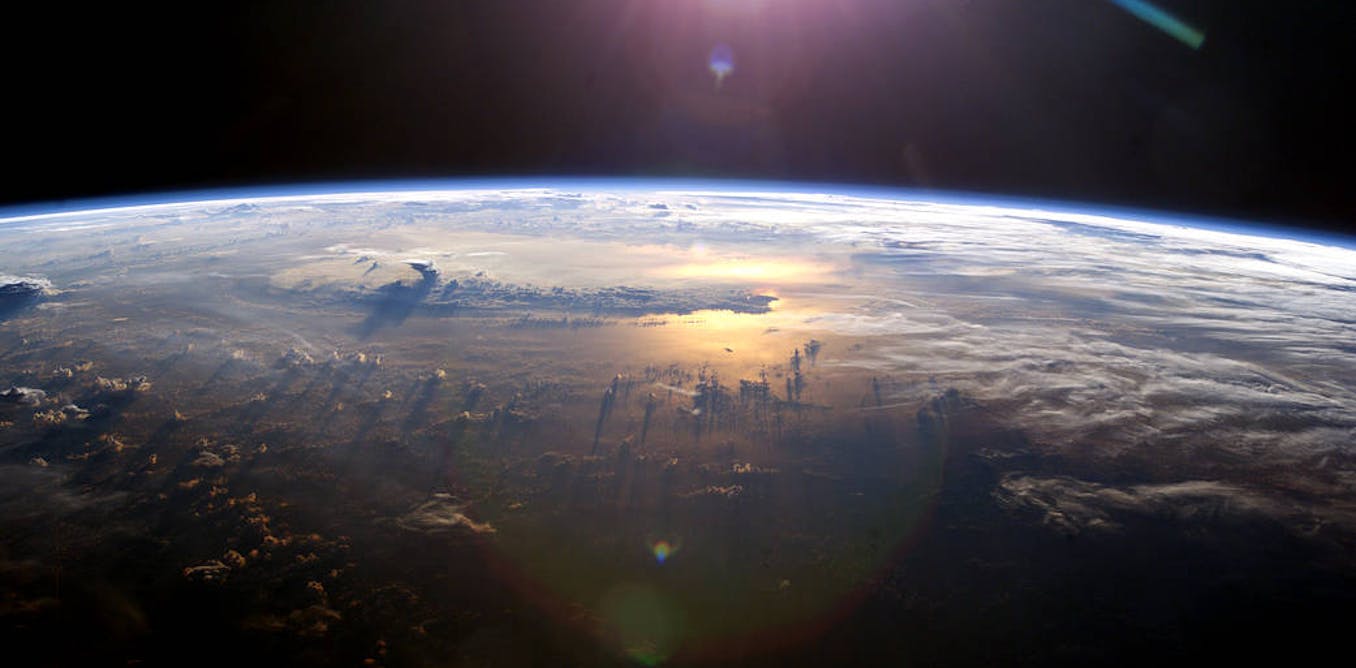
Real world measurements of how much extra heat the Earth is trapping are well beyond most climate models. That's a real problem.
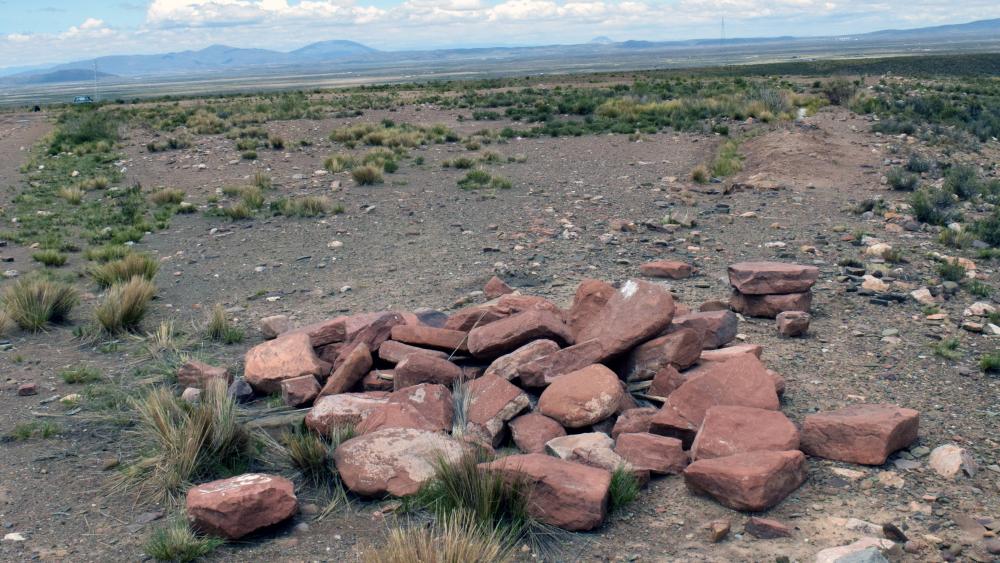
An ancient society near the southern shores of Lake Titicaca in modern-day Bolivia was once one of the continent's most powerful civilizations. Known as Tiwanaku, the ancient society is one of the earliest examples of civilization in the Andes.

As part of NASA’s efforts to expand access to space, four private astronauts are in orbit following the successful launch of the fourth all private astronaut mission to the International Space Station.
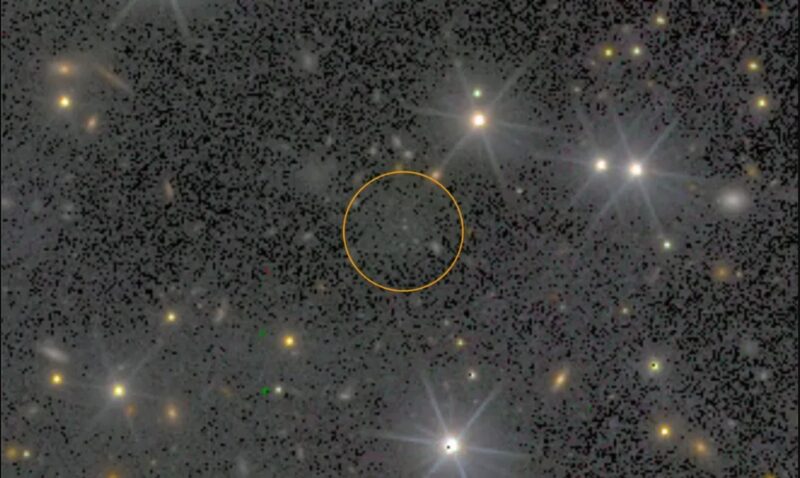
On June 20, 2025, Austrian researchers have discovered a dark-matter galaxy candidate in a cluster of galaxies some 240 million light-years away.